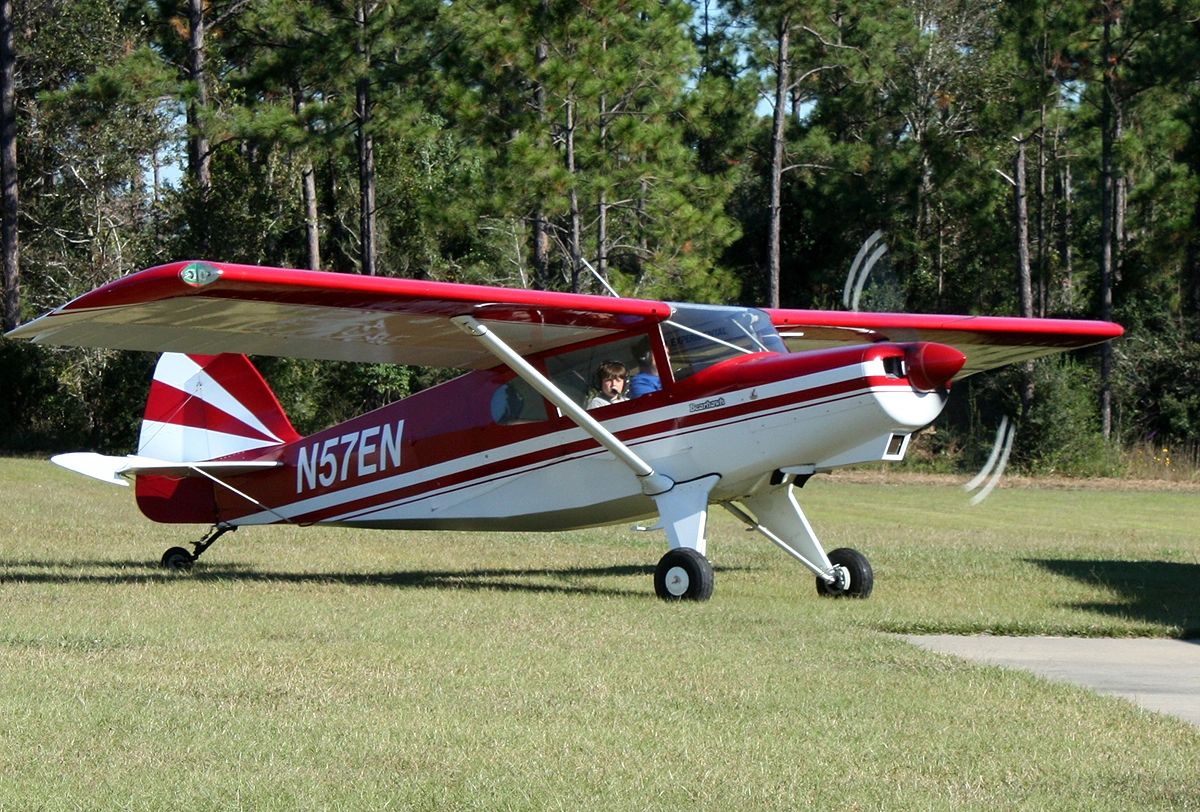About 8 days ago I installed my new BH Tailwheels Tundra tailwheel. I removed my 10" BH Tailwheel that had served me well and I had abused to a great extent. After 19 stop & go landings, on mostly hard surface, I'm really pleased with my new Tundra tailwheel. I was really expecting the Tundra to shimmy more than the 10" on hard surface just due to the extra mass factor. The opposite is true for me. The Tundra tailwheel has not had one shimmy in those 19 stop & go's. The 10" would have complained a couple of times due to pilot technique.
Took a few measurements if''n some might be interested:
20220123_150046[1].jpg
Weight - 10" = 6.28 lbs Tundra = 7.33 lbs This is good weight for my forward CG, O-540 BH 4A. I can take a couple of the extra water bottles out at the aft bulkhead.
Tail height increased 1 3/4".
Spinner (tip) height decreased 9/16" at 35 psi in Tundra tailwheel.
I know that doesn't seem like a lot of "lowering the nose" but I'm grateful for every fraction of an inch of "over the nose" visibility due to some to the off airport strips I frequent.
Before tundra: 20220119_101945[1].jpg
After tundra: 20220131_162514[1].jpg
Tried to take these from the same spot for comparison. I'm very happy with the improved over the nose visibility. A little bit is a big deal to me.
The other added benefit is cushion of the tundra as the tailwheel drops. I call it the "poor man's T3". The 10" at the recommended 50 psi was bit more abrupt and harder on the airframe.
The 10" will be cleaned up, serviced and on standby for long XC's with General Aviation destinations. It doesn't take a lot of time to swap them out.
THANKS ERIC!!!!
Took a few measurements if''n some might be interested:
20220123_150046[1].jpg
Weight - 10" = 6.28 lbs Tundra = 7.33 lbs This is good weight for my forward CG, O-540 BH 4A. I can take a couple of the extra water bottles out at the aft bulkhead.
Tail height increased 1 3/4".
Spinner (tip) height decreased 9/16" at 35 psi in Tundra tailwheel.
I know that doesn't seem like a lot of "lowering the nose" but I'm grateful for every fraction of an inch of "over the nose" visibility due to some to the off airport strips I frequent.
Before tundra: 20220119_101945[1].jpg

After tundra: 20220131_162514[1].jpg
Tried to take these from the same spot for comparison. I'm very happy with the improved over the nose visibility. A little bit is a big deal to me.
The other added benefit is cushion of the tundra as the tailwheel drops. I call it the "poor man's T3". The 10" at the recommended 50 psi was bit more abrupt and harder on the airframe.
The 10" will be cleaned up, serviced and on standby for long XC's with General Aviation destinations. It doesn't take a lot of time to swap them out.
THANKS ERIC!!!!



Comment